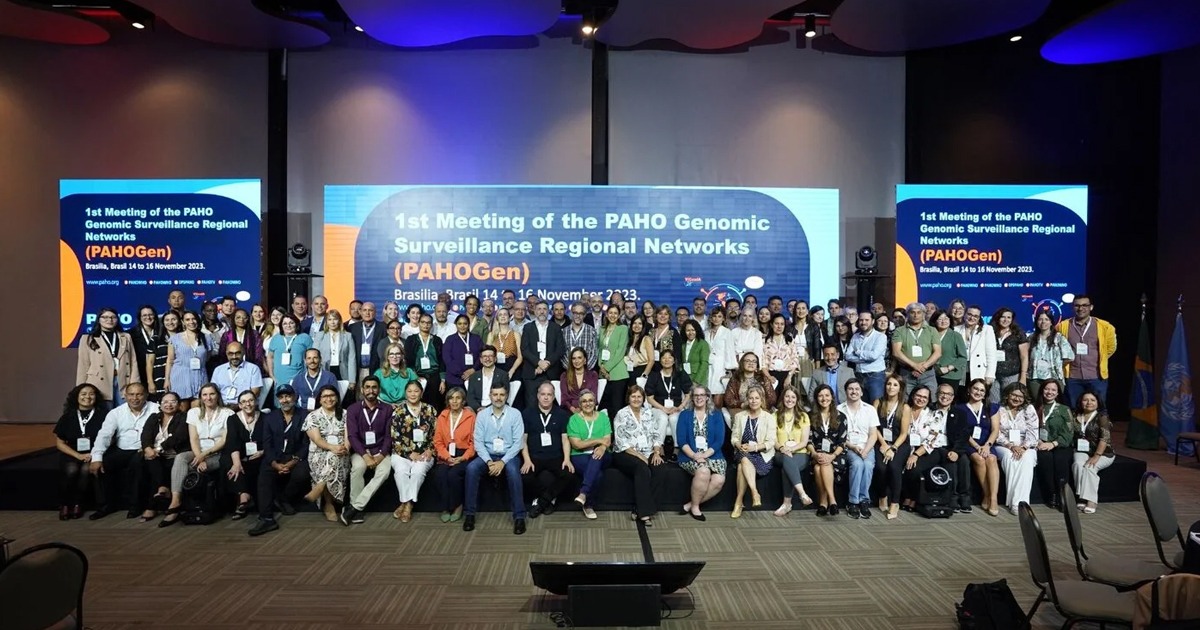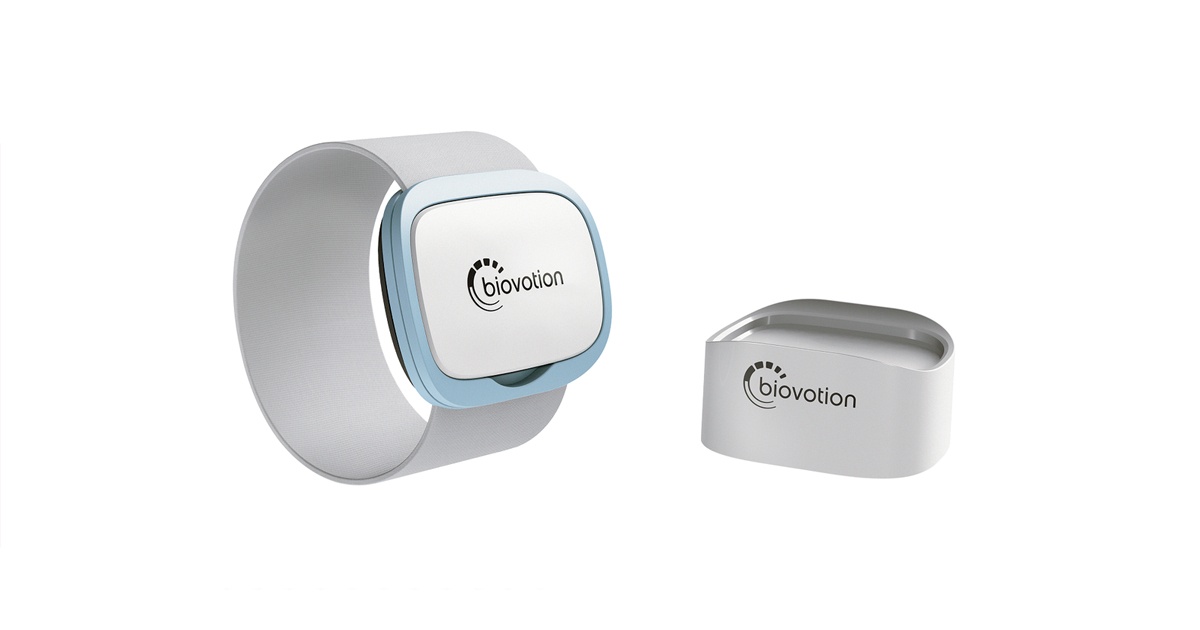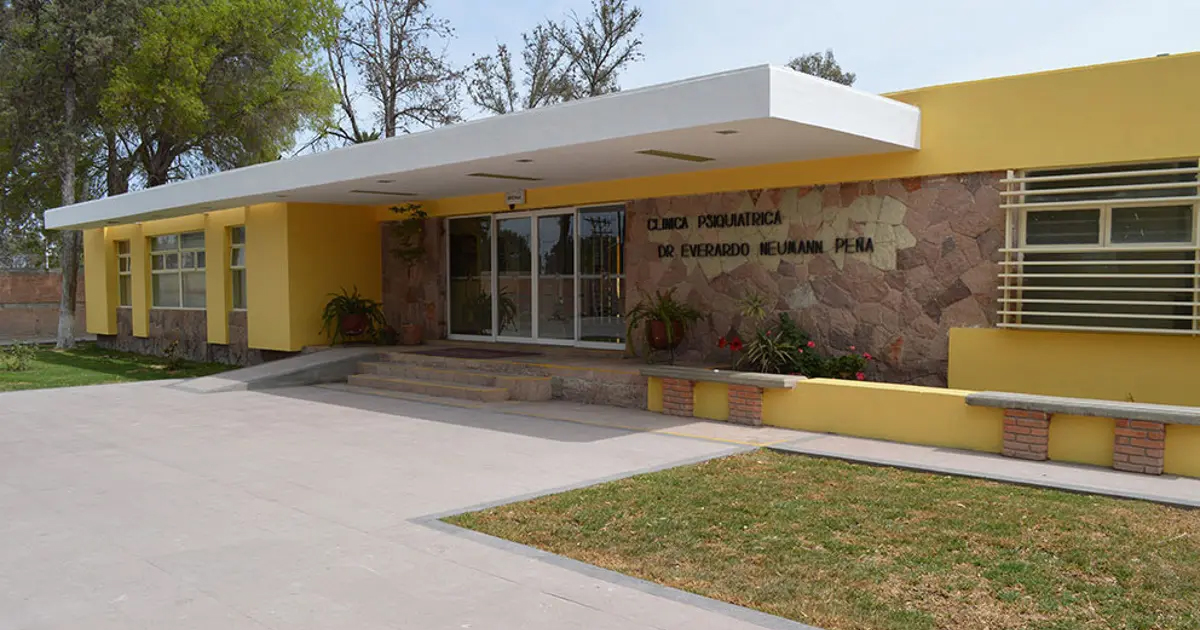The World Health Organization (WHO) has shared a series of recommendations and characteristics to identify if news is false or true.
Since the beginning of the COVID-19 pandemic, the overabundance of information, also known as the infodemic, has led to the massive sharing of erroneous and unverified information. The WHO warns about the veracity of the information that can be found on the Internet and the need to verify information content before thinking about its dissemination. Especially those related to vaccines and vaccination processes, COVID-19 and more.
The WHO explains that the spread of false information can cost many people their lives or cause serious consequences. False information used to deceive can give rise to health problems, for example, the recommendation of unauthorized medications, or the denial of vaccination schedules for infants.
Before sharing any news that circulates online, it is necessary to verify the information to ensure that it is not contributing to the spread of false content. These are the characteristics that the WHO recommends reviewing in any informative content related to public health:

Font: Rely on official sources for medical and safety information. Check the vaccine and coronavirus data from the WHO and your national and local public health authorities.
Headline: Headlines don't always tell the whole story. Always read to the end before sharing articles about the coronavirus, including those related to vaccines.
Analyze: Analyze the facts. If something sounds incredible, it very well could be. Independent fact-checking services correct false information about the coronavirus and vaccines every day.
Retouched or edited images: Beware of misleading images and videos in stories about coronavirus vaccines. They may be edited or show an unrelated place or event. Check who else is using the photo.
Spelling and grammatical errors: Check for errors. Typos and other errors may mean that the information is false.
Here are some WHO resources on current public health issues:
Information on vaccines and vaccination processes: https://www.who.int/emergencies/diseases/novel-coronavirus-2019/covid-19-vaccines
Myths about COVID-19: https://www.who.int/emergencies/diseases/novel-coronavirus-2019/advice-for-public/myth-busters






